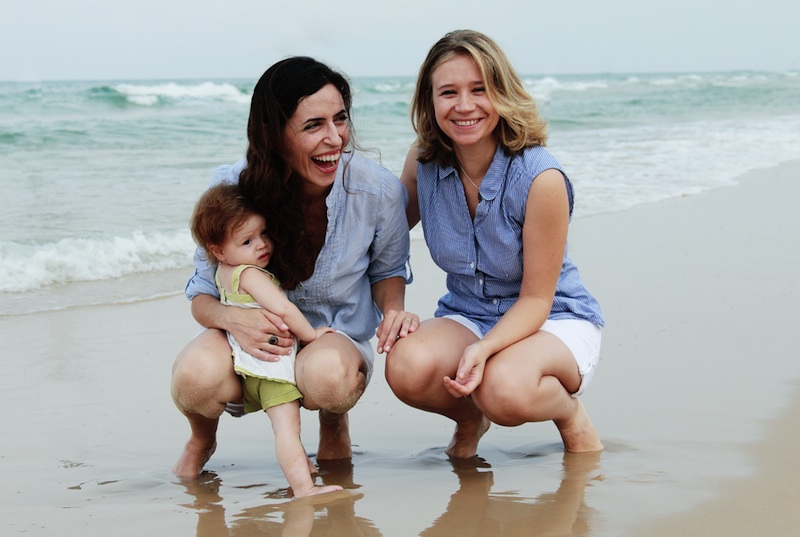The History of Sex in the DSM

The Diagnostic and Statistical Manual of Mental Disorders began its life in the 1950s as a theoretical tome. Psychoanalysis still influenced psychiatry strongly, and early editions of the book drew on Freudian theories such as castration anxiety (an unconscious fear supposedly developed in early childhood) to explain sexual "deviance," as it was then called.
In the late 1960s, biochemistry became more influential, and psychiatry started moving away from theory and toward empirical, evidence-based diagnoses. In 1973, the American Psychiatric Association removed homosexuality from the DSM list of paraphilias. But psychiatrists replaced homosexuality in the new 1980 edition was "ego-dystonic homosexuality," which was used to describe people who were distressed about their homosexuality. Eventually, in 1986, that diagnosis was dropped, too.
The evolution of the paraphilias has in some ways echoed that of homosexuality. In the 1980 DSM and in later revisions, psychiatrists grappled with whether paraphilias alone are enough to qualify as mental disorders or whether distress about having one is required. The current edition, the DSM-IV-TR, holds that distress is necessary in most cases. But for paraphilias involving non-consenting parties, just acting on the urge is enough to qualify as mentally ill. Those paraphilias include pedophilia (attraction to children), voyeurism (spying on others), exhibitionism (exposing oneself in public), frotteurism (rubbing against a non-consenting person) and sadism (inflicting pain).
The newest DSM, the DSM-5, will likely continue that tradition, but with extra clarity. The proposed changes involve defining "paraphilias" as unusual sexual interests, but not mental disorders. To qualify for a "paraphilic disorder," patients will have to experience distress about their sexual desires or actions, or those actions will have to harm others.
Follow Stephanie Pappas @sipappas. Follow LiveScience on Twitter @livescience, Facebook or Google+.
Get the world’s most fascinating discoveries delivered straight to your inbox.

Stephanie Pappas is a contributing writer for Live Science, covering topics ranging from geoscience to archaeology to the human brain and behavior. She was previously a senior writer for Live Science but is now a freelancer based in Denver, Colorado, and regularly contributes to Scientific American and The Monitor, the monthly magazine of the American Psychological Association. Stephanie received a bachelor's degree in psychology from the University of South Carolina and a graduate certificate in science communication from the University of California, Santa Cruz.


